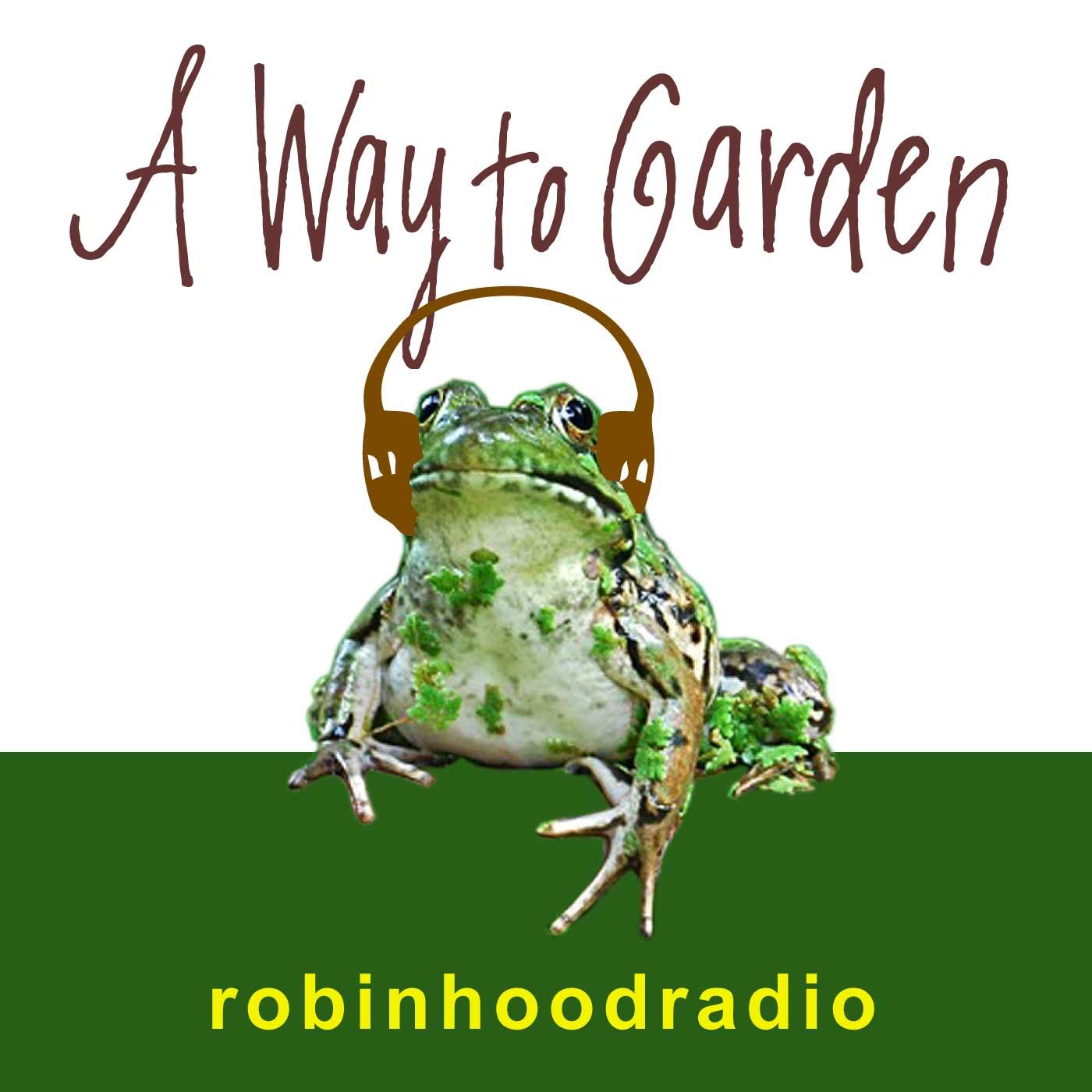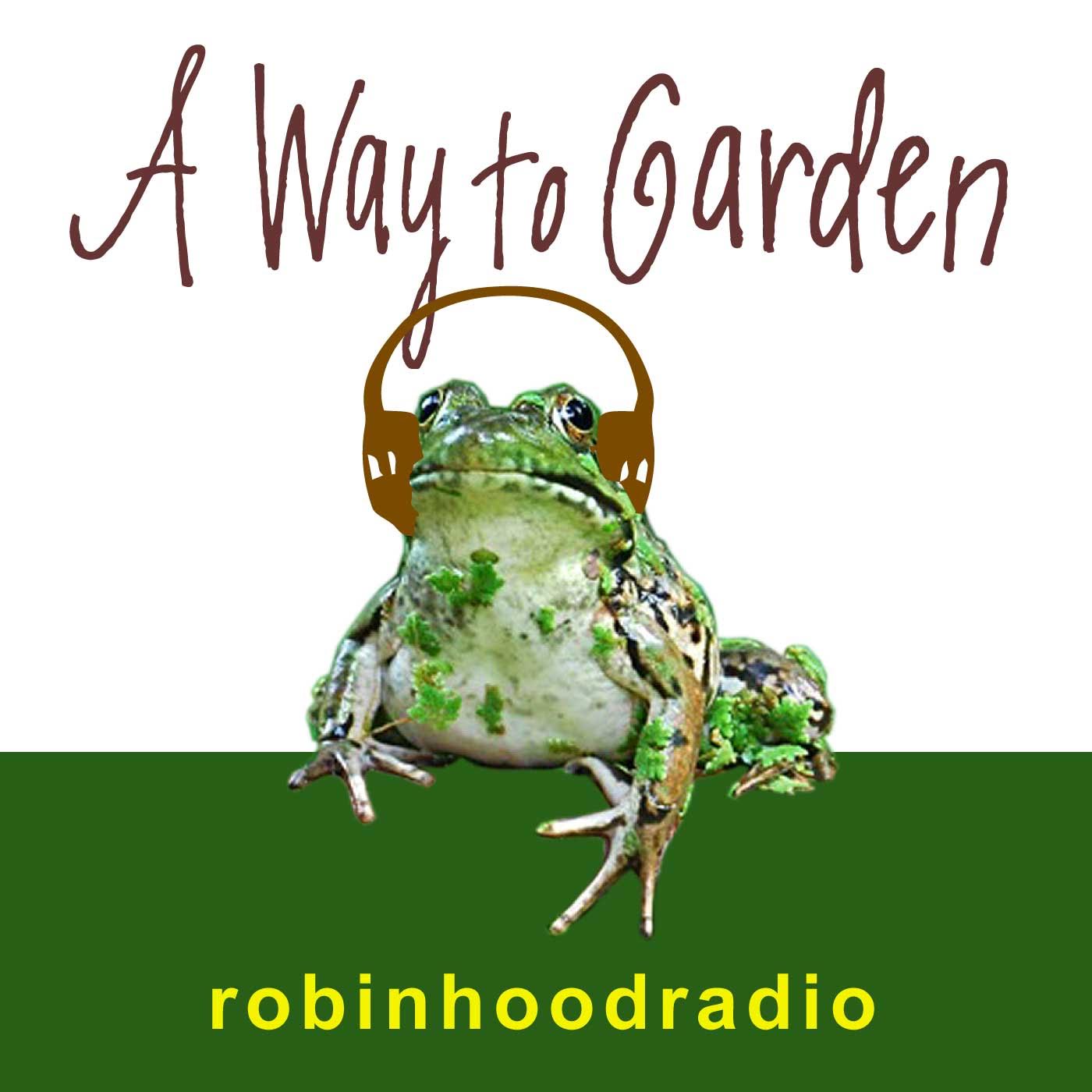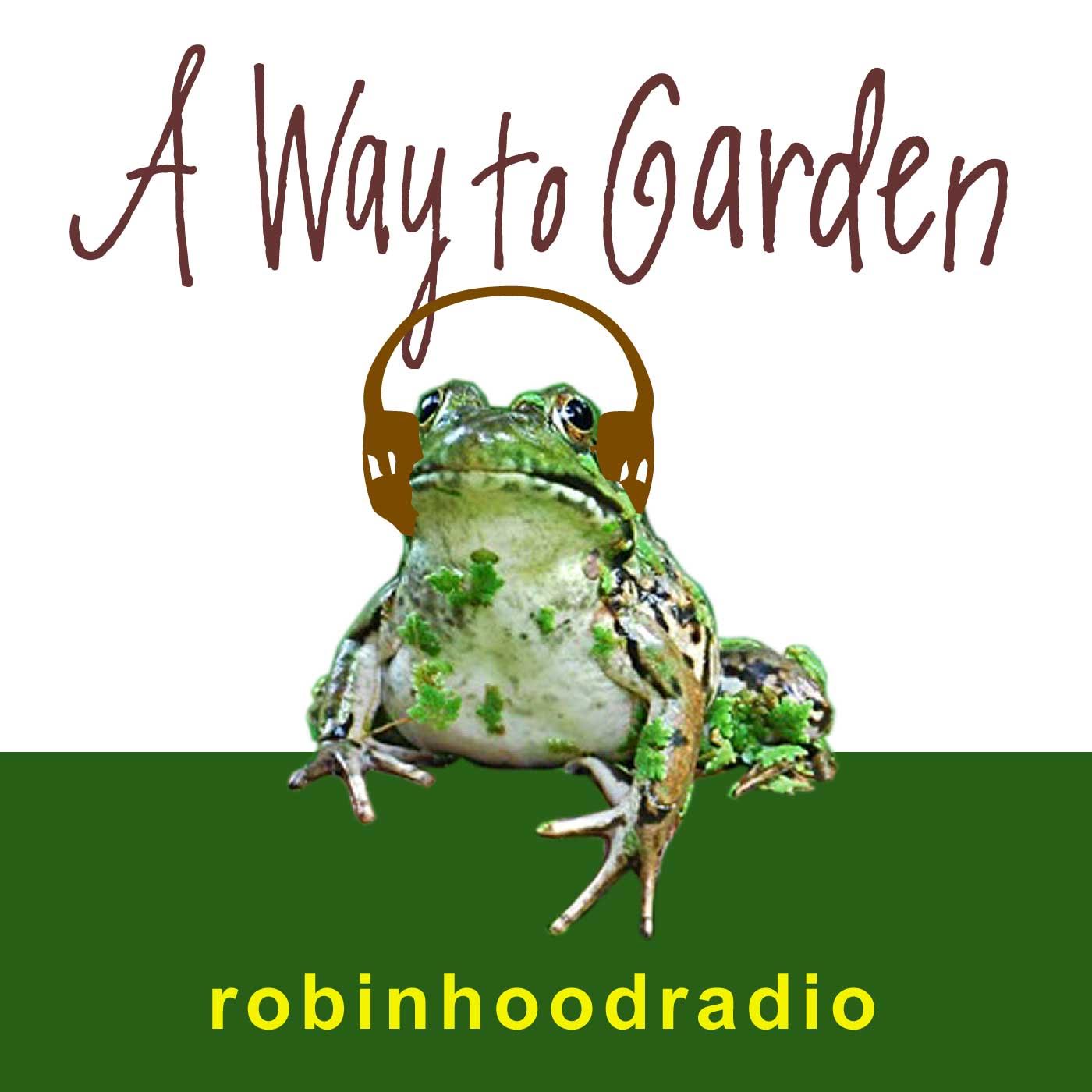
As more gardeners shop for native plants each year, more plant descriptions in catalogs and on nursery labels use the blanket phrase “pollinator-friendly” to catch our attention. But is that the whole story behind each plant that's so labeled, and how do we choose among the many named coneflowers or asters or heucheras, and figure out which one doesn't just look prettiest to us, but does the best ecological job?

How can we each become more informed native plant consumers? I asked Uli Lorimer of Native Plant Trust, who has made a career of working with native plants. He was longtime curator of the Native Flora Garden at Brooklyn Botanic Garden, and in 2019, he became Director of Horticulture at Native Plant Trust, the former New England Wildflower Society and America's oldest plant conservation organization, founded in 1900.

“I don’t know how you tell these ferns apart,” people have been saying to for as long as she can remember. FYI, ferns do...

Have you ever grown a carnivorous plant—a Venus flytrap or sundew or pitcher plant, perhaps? I bet even a lot of keen gardeners haven't....

The words joy and delight figure prominently in writer Ross Gay’s work – and so do moments he spends in his garden, and descriptions...